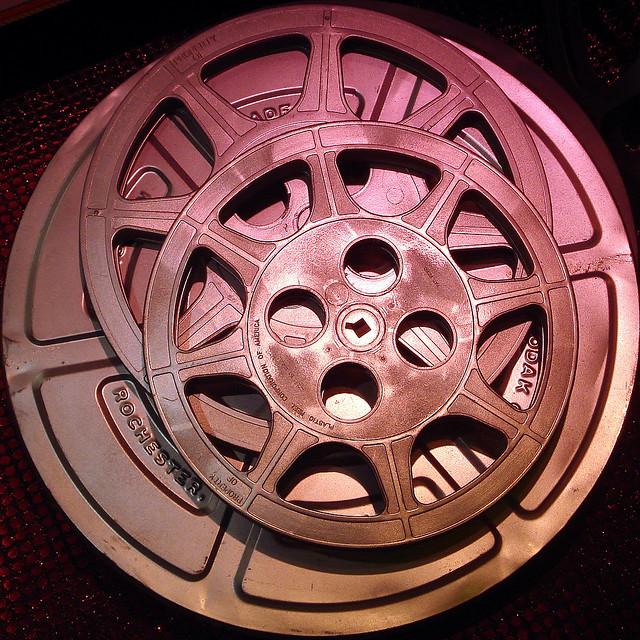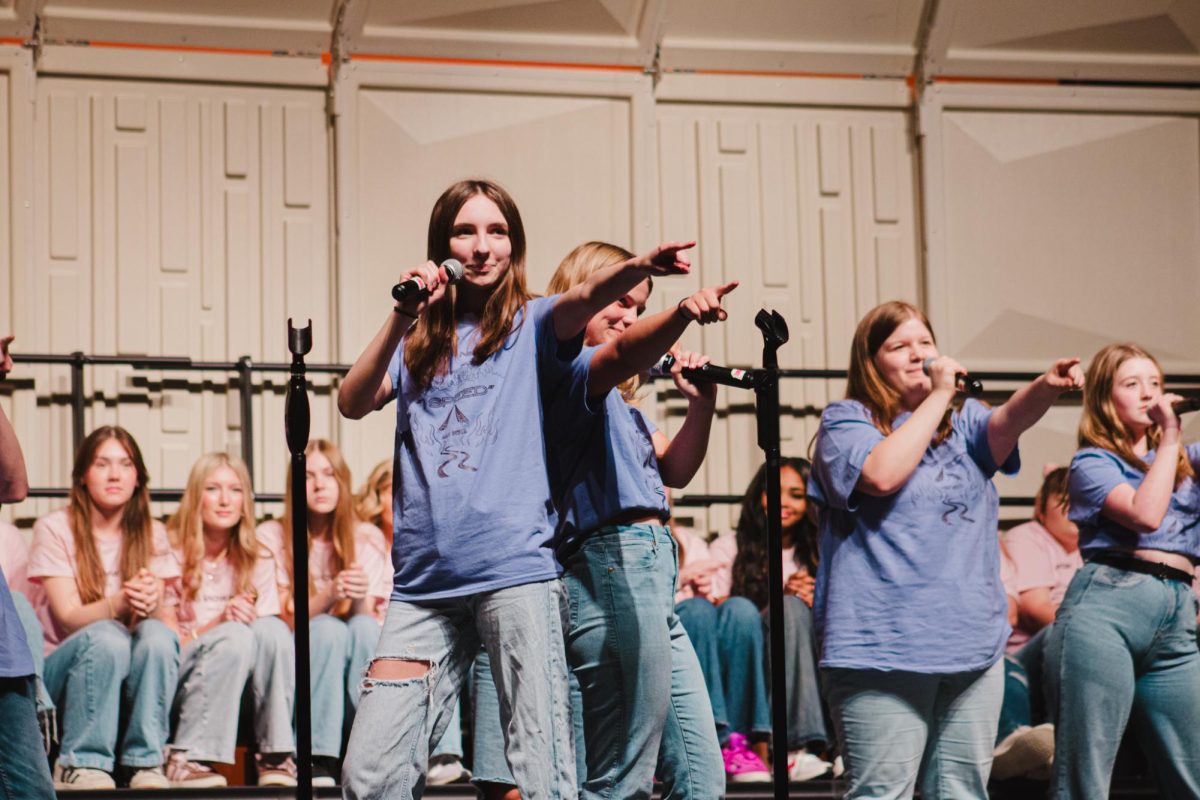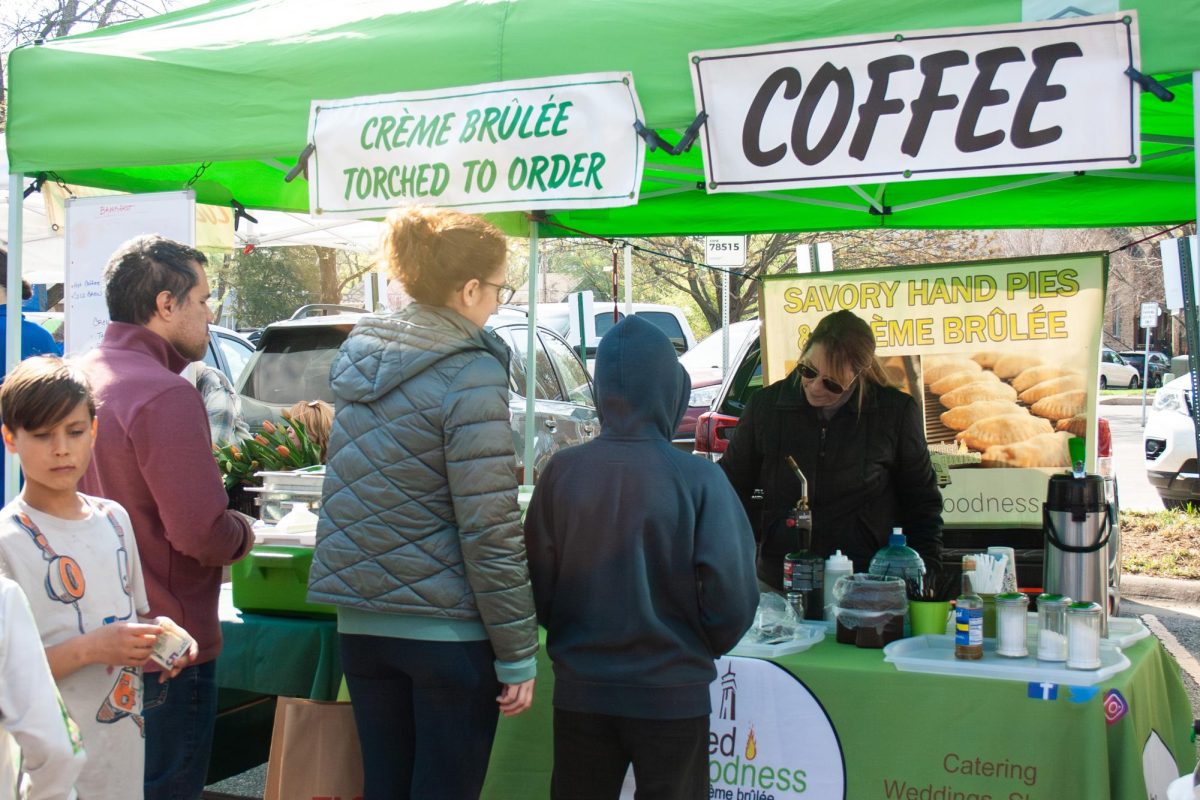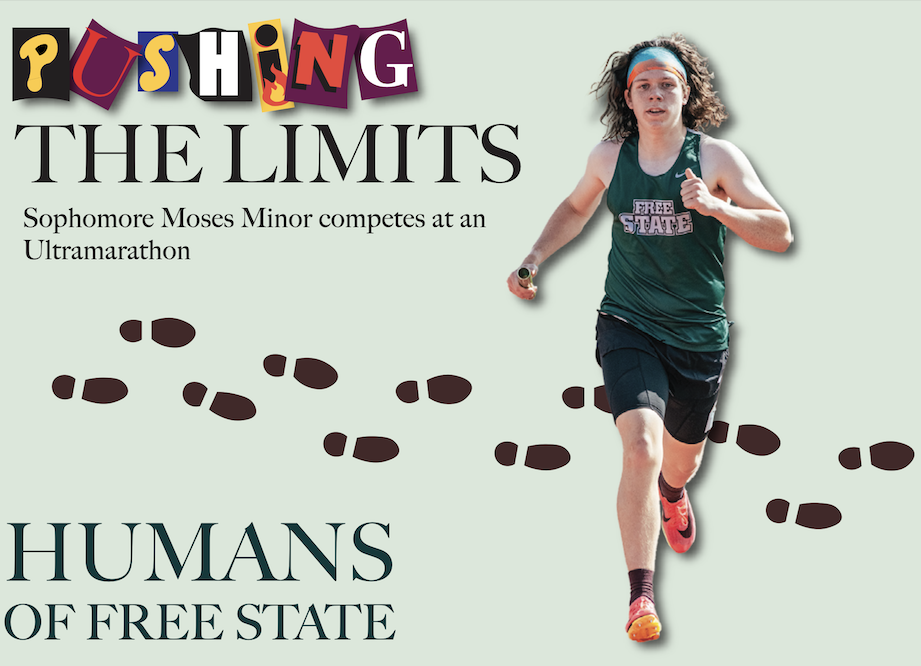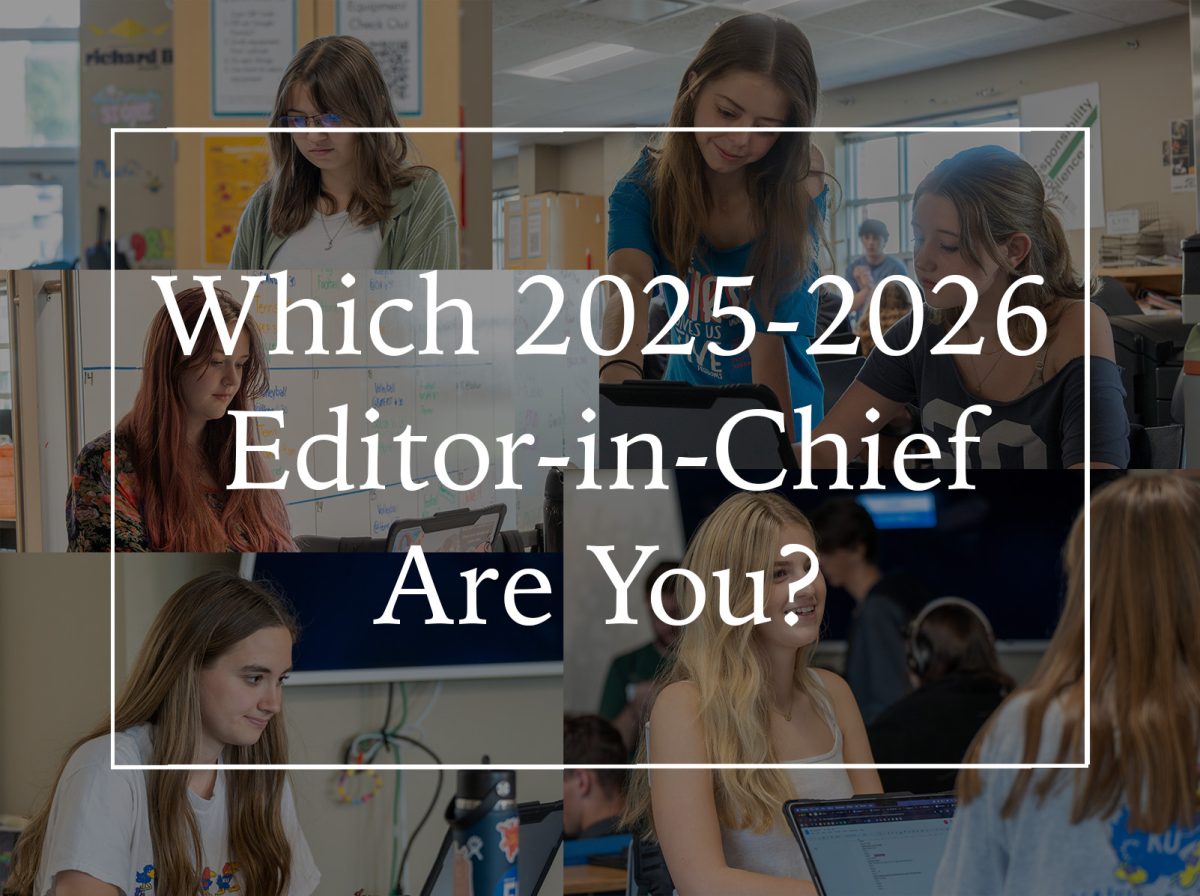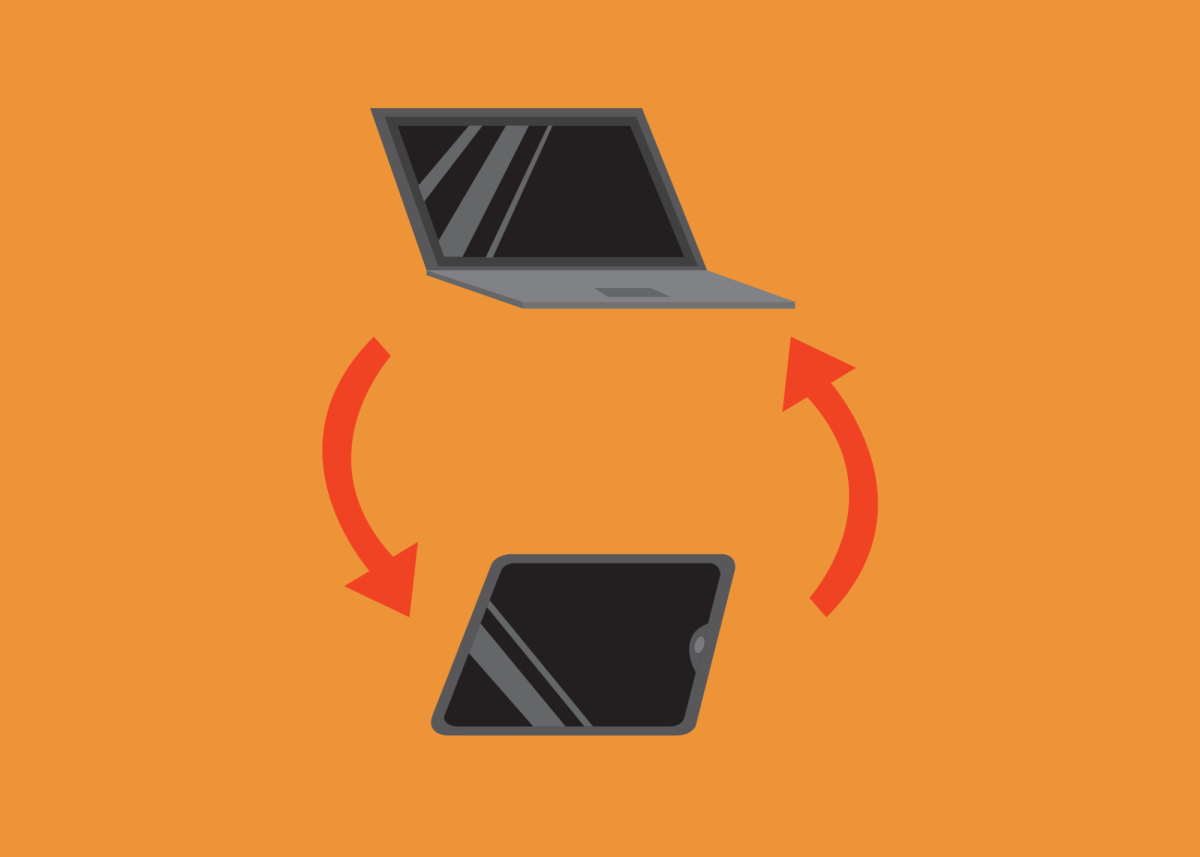“I know that you cannot live on hope alone, but without it, life is not worth living. And you … And you … And you … Gotta give em hope.”
-Harvey Milk, “The Harvey Milk Interviews: In His Own Words”
In 1970, Harvey Milk, a gay man from New York City, felt he had done nothing with his life. So with a deep breath and his partner by his side, Milk moved to San Francisco.
Over eight years a lot can happen, and Milk, brimming with hope, made great strides for the Gay Pride movement.The story is told in flashback. Milk records his election losses and victories, as well as his adventures in the gay revolution.
The 70s were a re-examination of human rights and values. Gay and Black Pride movements had dynamic force in the world of politics. Those who were against it were strong, putting laws into effect hindering homosexual rights. Those who were opposed to it were even stronger, coming out to everyone they knew to break the vicious stereotypes of their kind.
Harvey Milk is the shining example of an optimist, as exemplified by his career in office and role as a leader of his people. Take “MILK,” the movie itself, as a historical, artistic and rather poetic look at San Francisco and the background of our nation.
The filmmaking itself takes dramatic strides to purposefully stand out. A conversation in another movie consists of close-ups on faces. Instead, the cinematographers of “MILK” place the camera far away, giving actors a chance to move and develop with one another. The brave style of filming goes hand-in-hand with the brave frontiers of the movement it documents. Sean Penn portrays Harvey Milk to a “T”, not only reflecting the physical resemblances but the emotions of the maverick. The viewer will find a hard working, dedicated individual–Harvey Milk–who does everything in his power to make tomorrow better.



